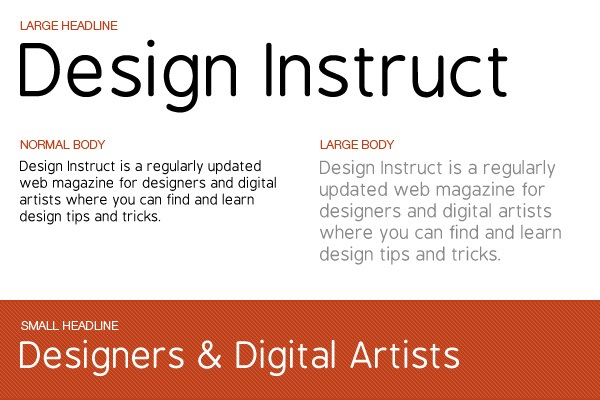

“When you’re reading a 9.5 font in a printed book, serifs help you distinguish the letterforms and create flow as you’re reading.”

“Serifs often lend a bit more legibility at smaller scales,” says DeCotes. They also have real functional value as body copy. When working on book design for a story set during World War II, Todd used serif fonts to give readers the feeling they were in a world that existed prior to modern design conventions. “Serif fonts can have a more clinical and institutional look to them,” says Todd, who uses serif fonts to evoke earlier eras. “They feel a little bit more old-timey,” says designer Madeline DeCotes. Serif typefaces like Times New Roman are suggestive of typewriters’ old style - The New York Times and other reputable institutions that have existed for over a century still use this font. Serif fonts can look authoritative, professional, and suggest the weight of history or experience.

Looking for a crash course? Study the basics of type with this guide to understanding and using fonts.


 0 kommentar(er)
0 kommentar(er)
